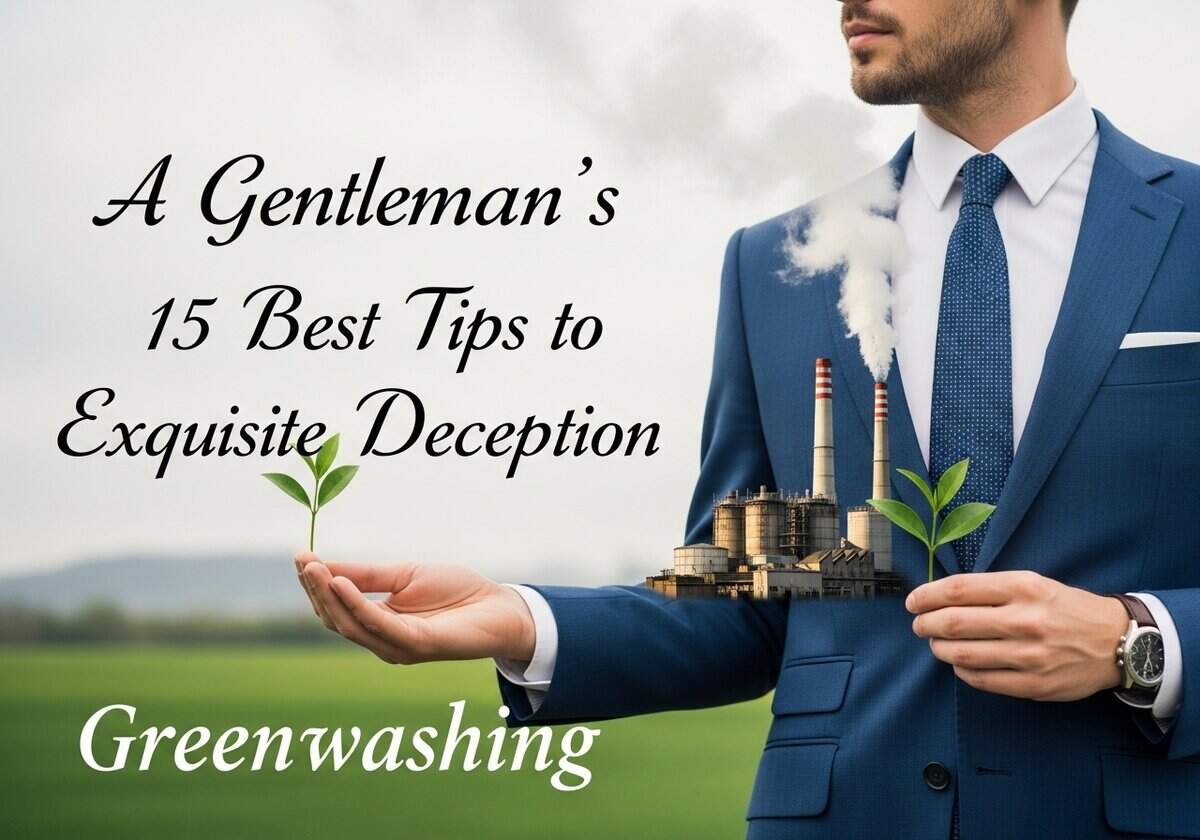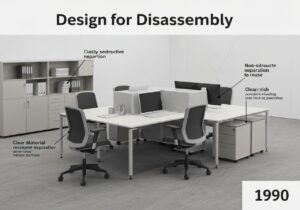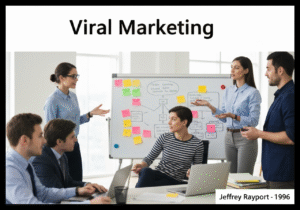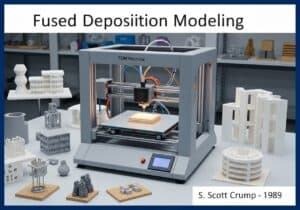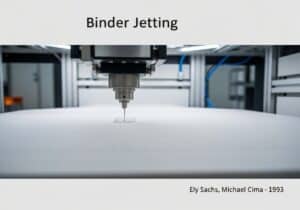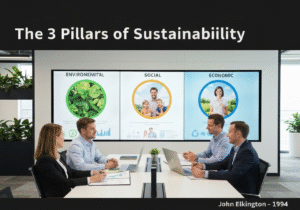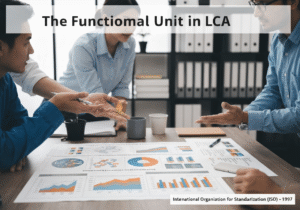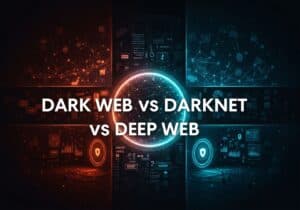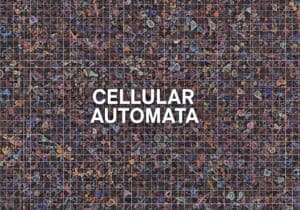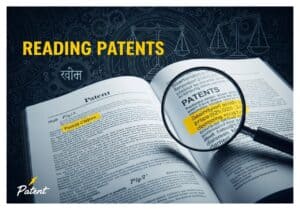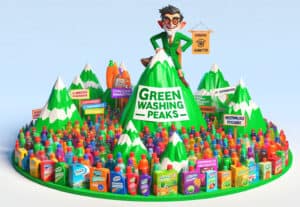
Ah, so you’ve tired of the milquetoast morality of “genuine sustainability” (aka greenwashing)? You wish to ascend from the dreary lowlands of ethical conduct to the sun-drenched, profitable peaks of pure, unadulterated artifice? Excellent. It seems you are ready for a proper greenwashing education.
Forget ethics; that’s a hobby for the uninspired. We are artists, and our canvas is the consumer’s gullibility. Pay close attention, my aspiring Machiavelli of marketing, for this is a masterclass in the fifteen secret sacred arts of greenwashing.
Tip: we really recommend reading the English version of this article (versus the automatic translations), it is much … greener!
Disclaimer #1: pray, let it be understood, for the benefit of those with a less developed sense of the theatrical, that the preceding masterclass is a work of pure, theoretical greenwashing artistry. Should any of these exquisitely crafted stratagems happen to bear a fleeting, or indeed a startlingly precise, resemblance to the public pronouncements or corporate manœuvres of any actual entity, living or deceased, one must dismiss it as a most unfortunate and amusing coincidence. Perish the thought that real-world corporations, in all their earnest, plodding mediocrity, could ever possess the requisite panache and intellectual fortitude to execute such sublime deceptions. Reality, it seems, is so often a pale and clumsy imitation of truly superior fiction.
Disclaimer #2: furthermore, one must insist that these fifteen principles below, heretofore elucidated, are offered not as a pedestrian manual for corporate malfeasance, but as a purely intellectual exercise for the discerning mind. Consequently, we shall abrogate any and all moral or legal culpability in their perfect (!) application. Should an acolyte’s masterful execution of these sublime arts lead to any… unfortunate entanglements with the clumsy machinations of the law, it must be considered a testament not to a flaw in the teachings, but to a lamentable deficiency in the practitioner’s own finesse. Navigating such terrestrial squabbles is, after all, a practical test of one’s aptitude, and we take no responsibility for those who, in their haste, trip over the vulgarities of litigation.
A Gentleman’s Guide to Exquisite Deception
1. The Art of the Judicious Omission (aka The Hidden Trade-Off)
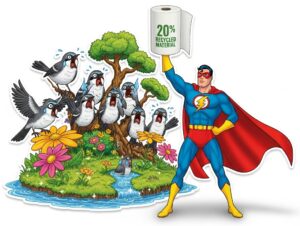
One must learn to curate reality.
This masterstroke involves spotlighting a single, shimmering speck of green virtue while a veritable legion of environmental sins march on, conveniently off-stage. It’s not about lying, dear boy, it’s about editing.
Case Study: imagine, you sell paper towels. You heroically declare they are made from “20% recycled material!” The masses swoon. Do we mention that the other 80% is sourced from the last remaining habitat of the Speckled Weeping Warbler? Good heavens, no! Why clutter their pretty little heads with such dreary details?
Expert’s Whisper: by all means, commission a Life Cycle Assessment. But do not view it as a tedious tool for self-improvement. View it as a menu. A glorious buffet of potential half-truths! Select the one, single, most flattering data point—no matter how trivial—and have your marketing department trumpet it from the heavens. The rest of the report makes for excellent kindling.
2. The Symphony of Meaningless Buzzwords (aka Vague Language)
Language is your plaything in greenwashing.
Words like “eco-friendly”, “sustainable”, “green”, and “all-natural” are wonderfully, exquisitely meaningless. They are the marketing equivalent of a firm, reassuring handshake from a man who is actively picking your pocket. They feel good, but signify nothing.
Case Study: a bottle of virulent, day-glo toilet cleaner. Slap the word “Eco-Purify” on the label. Perhaps add a leaf. Does it purify anything ecological? Of course not. It could probably dissolve a small car. But it feels cleaner, doesn’t it?
Expert’s Whisper: develop your own internal glossary. “Sustainable” means “we can sustain the profit margins”. “Eco-friendly” means “the packaging is, in theory, recyclable if left in the correct bin on a Tuesday during a month with an ‘R’ in it”. Be bold. Be vague. Be profitable.
3. The Emperor’s New Certificate (aka Lack of Proof)

Make a claim. Make it sound official. And then, in a stroke of genius, provide absolutely no evidence whatsoever. The modern consumer has the attention span of a gnat. They will see the claim, feel a pang of virtue, and move on before the question “Says who?” has a chance to form in their prosaic minds.
Case Study: your hotel chain declares it has “reduced water consumption by 30%”. A marvellous figure. Is it backed by audited data? Are there reports? My dear fellow, that’s an administrative nightmare. The claim is the thing. The proof is a vulgar optional extra.
Expert’s Whisper: if pressed for proof, which is frightfully bad form, simply direct enquiries to a non-existent “Head of Sustainability” or a web page that has been “under construction” since 2011. The sheer effort required to uncover the truth is a magnificent deterrent.
4. The Pastoral Illusion (aka Misleading Imagery)

Never underestimate the power of a nice picture of a tree. Your product could be a barrel of industrial sludge, but if the packaging features a dew-kissed leaf, a smiling panda, or a pristine mountain stream, the consumer’s brain will do the rest. They will associate your toxic waste with a lovely holiday.
Case Study: an advertisement for a monstrous, fuel-guzzling SUV. Is it shown clogging up a city street? No. It is shown parked majestically atop a mountain it could never possibly have climbed without a helicopter, as a bald eagle soars gracefully overhead. It’s not a car; it’s a communion with nature.
Expert’s Whisper: your brand guidelines should mandate the use of the colour green, Pantone 347 C if you must know. Stock photography of waterfalls should be on standby at all times. The goal is to create a visual disconnect so profound that the customer forgets your factories are currently paving over a wetland.
5. The “At Least We’re Not Arsonists” Defence (aka The Lesser of Two Evils)

This is a delightfully cynical gambit. Acknowledge that your product category is inherently dreadful, but position your particular brand of awfulness as slightly less awful than the competition. The bar is on the floor, and you are gallantly stepping over it.
Case Study: “Organic” cigarettes. You are still...
You have read 32% of the article. The rest is for our community. Already a member? Log in
(and also to protect our original content from scraping bots)
Innovation.world community
Login or Register (100% free)
View the rest of this article and all members-only content and tools.
Only real engineers, manufacturers, designers, marketers professionals.
No bot, no hater, no spammer.
A More Fitting Compendium for the Advanced Practitioner (aka Related Readings)
A library is only as good as its catalogue. To simply call these seminal texts by their dreary, common names would be an unforgivable failure of imagination. Here is the curriculum, properly titled and annotated for the discerning practitioner.
- A catalogue of convenient truths (aka Life Cycle Assessment): a tedious but necessary accounting of one’s sins, performed not for repentance, but to identify the single, most trivial virtue one can exaggerate for maximum marketing effect. Consider it a menu from which to select your most palatable lie.
- The alchemist’s guide to virtuous veneers (aka Sustainable Materials Selection): the art of selecting materials based not on their genuine ecological merit, but on their narrative potential. A pinch of recycled plastic or a sliver of bamboo provides a marvellous veneer of virtue, regardless of the toxic glues holding it all together.
- The art of aesthetic misdirection (aka Eco-Design Principles): a charming philosophy wherein one integrates just enough ‘green’ aesthetic—a pleasingly curved line, a leaf motif, perhaps the colour green—to distract the consumer from the product’s fundamentally unsustainable nature. It is the architectural equivalent of a winning smile.
- The grand illusion of immortality (aka Circular Economy): a truly magnificent utopian fantasy one must publicly endorse while privately ensuring that products are built with the structural integrity of a house of cards. The only thing ‘circular’ should be the customer’s mandatory return to purchase the next, slightly-different model.
- The noble art of cost-cutting (aka Energy Efficiency): a tedious affair of counting kilowatts, pursued only when it promises to reduce one’s own operating costs. Happily, these vulgar cost-saving measures can be spun into a heroic narrative about ‘saving the planet,’ which is a delightful bonus.
- The modern indulgence trade (aka Carbon Footprint Reduction): an elaborate shell game of purchasing ‘offsets’ from questionable sources to ‘balance’ one’s emissions. It allows one to continue polluting with gusto, but with the added comfort of a clean conscience, bought and paid for.
- A masterclass in plausible deniability (aka Sustainable Supply Chain Management): the practice of sending strongly-worded questionnaires to one’s suppliers, the answers to which are then filed away, unread, to prove one’s ‘due diligence’ should any unpleasantness about factory conditions arise.
- Plagiarising nature for profit (aka Biomimicry): the act of glancing at a seashell or a lotus leaf and then claiming its ‘inspiration’ for a new plastic widget. It adds a poetic, naturalistic gloss to even the most synthetic of creations.
- The expensive wallpaper (aka Environmental Certifications and Standards): a collection of rather expensive logos and acronyms one can purchase to affix to one’s products. Their primary function is to quell the tiresome habit of critical thinking in the average consumer.
- A study in curated honesty (aka Product Transparency): the careful curation of information to create an illusion of honesty. It involves flooding the consumer with irrelevant data about water usage in the staff canteen, while remaining magnificently silent on the toxic effluent in the river out back.
- Shifting the blame with style (aka User-Centered Design for Sustainability): the art of designing a product that makes the user feel virtuous for using it—a smaller button, a slightly dimmer screen—thereby shifting the burden of sustainability entirely onto their shoulders.
- The messiah complex in manufacturing (aka Regenerative Design): the most ambitious fiction of all. The notion that one’s commercial enterprise can somehow ‘heal’ the planet. A concept so beautifully absurd it can only be deployed with a perfectly straight face and immense conviction.
- Trimming the fat for a fatter wallet (aka Waste Minimization Techniques): an assortment of fashionable business methodologies one can use to trim fat from the production line, boosting profits under the convenient and noble guise of reducing waste.
- Jam tomorrow: the promise of future miracles (aka Innovative Recycling Technologies): fascinating, futuristic concepts that are always ‘just around the corner,’ providing an excellent excuse to continue producing unrecyclable materials in the present.
- The annual work of corporate fiction (aka Sustainability Metrics and Reporting): the yearly production of a glossy, book-length work of fiction, filled with impressive charts and serene stock photos, which serves to document one’s imagined journey toward corporate sainthood.
If you found this reading funny, additionally to be useful, carry on with these two:
External Links on
International Standards
(hover the link to see our description of the content)
Glossary of Terms Used
Life Cycle Assessment (LCA): a systematic analysis of the environmental impacts associated with all stages of a product's life, from raw material extraction through production, use, and disposal, aimed at identifying opportunities for improvement and informing decision-making.
